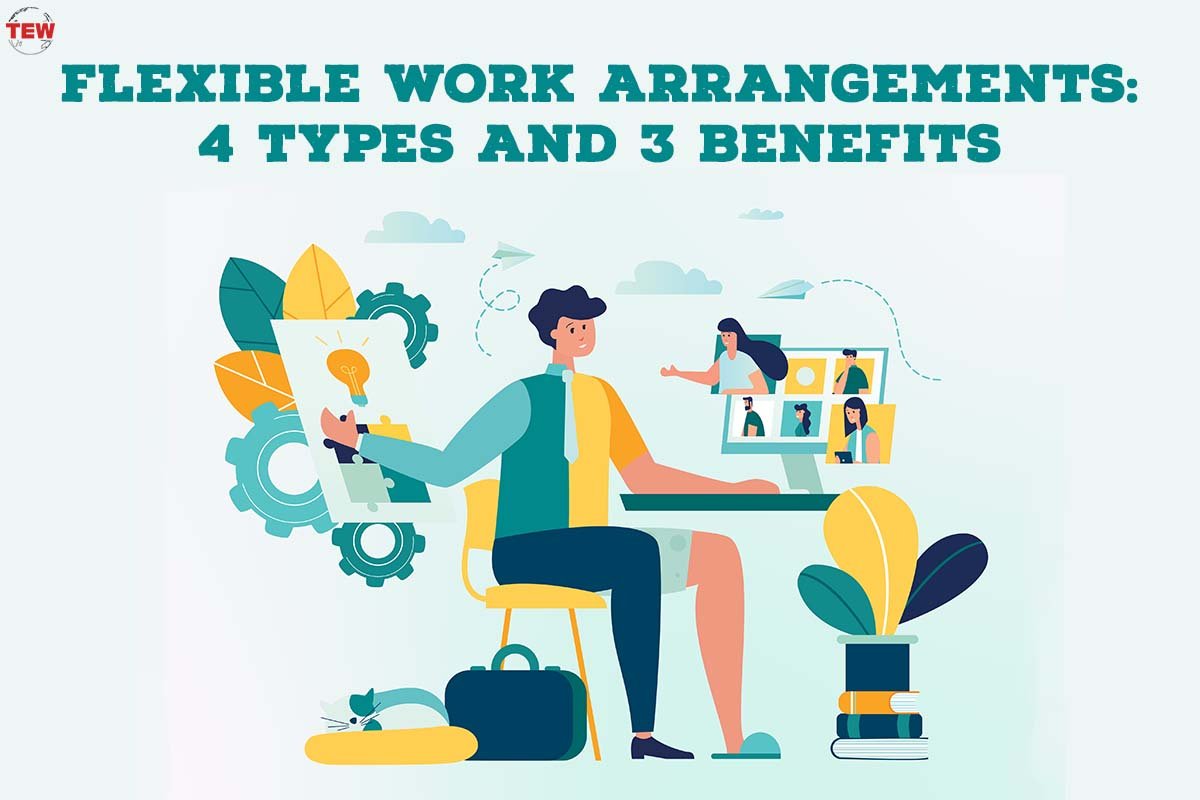Flexible or hybrid work arrangement is a working model that supports remote, in-office and workers on the go. It redefines the traditional meaning of a workplace. It’s no longer just space in central corporate workspaces; it’s a blend of employees working in the office, from home or at their preferred location during their preferred working hours.
Many organisations are realising the benefits of the flexible work arrangement, with businesses that have adopted it seeing higher productivity. According to a survey by Accenture, 83% of workforce want hybrid environments.
Flexible work arrangement is a term that refers to many work models.
Here are the common types and benefits of Flexible Work Arrangement:
Flexible Work Arrangement Types;
1. Flextime
Flextime is a Flexible Work Arrangement that enables workers to choose their start and end of work hours. While the required work hours don’t change, the schedule becomes flexible. Unlike traditional work hours that typically start from 9 a.m. and end at 5 p.m., flextime can allow an employee to arrive at work at 10 a.m. one day and 8 a.m. on the next.

To achieve this work model, you need to establish a work routine with your employees that enables them to choose and be accustomed to one another’s schedules so that there are no work-hour gaps.
2. Part-Time
Part-time work refers to a Flexible Work Arrangement where workers put in less than the regular 40 work hours per week. It includes employees who work less than a full day throughout the week or only some days of the week. In essence, part-time workers work shorter days and fewer days per week. Part-time positions can be temporary or permanent and mostly attract parents and students. People who don’t want to or are unable to work long hours due to disabilities or health problems also prefer part-time work arrangements.
If your organisation requires more personnel at certain times, like high seasons or peak hours, part-time workers will fill such positions.
3. Remote Work
A remote worker has the advantage of working from their preferred location and doesn’t have to report to the site of a business physically. The employee, however, stays digitally connected to the organisation and co-workers through remote work software, video conferencing, emails or phone calls. This working model allows employees to work from anywhere as long as they’re technologically connected.

Remote workers can be local, international or a mixture of both.
4. Compressed Work
A compressed or condensed work schedule enables workers to work 35 to 40 hours a week in fewer working days. For instance, your employee can choose to work 10-hour days instead of the typical 8 hours. The compressed work hours will allow the employee to have more free time during the work week.
The most common type of condensed work schedule is a four-day work week where a worker works for 10-hour days and then has a free day within the week.
Benefits of Flexible Work Arrangement :
1. Increases Talent Pipeline
Flexible Work Arrangements are a win-win for both employers and workers. The probability of most people relocating for job prospects is low compared with working remotely. Your chances of recruiting highly qualified and experienced remote workers are higher than in the traditional arrangement.
Moreover, more people are also likely to land their dream jobs by working remotely, which they may have yet to get in their area or country.
2. Lower Employee Turnover Rate
Employees with flexible work schedules tend to be more satisfied with their jobs. This translates to low employee turnover. The work-life balance that workers seek is attained with flexible work schedules. Situations that may have otherwise led to absenteeism can be handled without interfering with work. Personal obligations are fulfilled at certain times, while work is also done at scheduled times. Balancing things that matter to employees, like family and work, leads to their well-being and, therefore, company loyalty.

3. Boosts Productivity
Letting your employees work from where they’re most comfortable and when they feel they’re most productive will lead to higher productivity.Remote workers have been found to be more effective than their nine-to-five counterparts, who work with constant interruptions and distractions. The work-life balance combined with improved job satisfaction enables the workers to stay committed and motivated and therefore have better work delivery.
Conclusion
Flexible Work Arrangements offer unique work models that can change your business. Most workers now prefer flexible work schedules and arrangements because of the work-life balance these provide. The ability to choose where and when to work also attracts them to organisations with flexible arrangements.
It’s not just the workers that stand to gain. Your business will also benefit from improved productivity, an increase in employee retention and a diverse and rich pool of talent.




